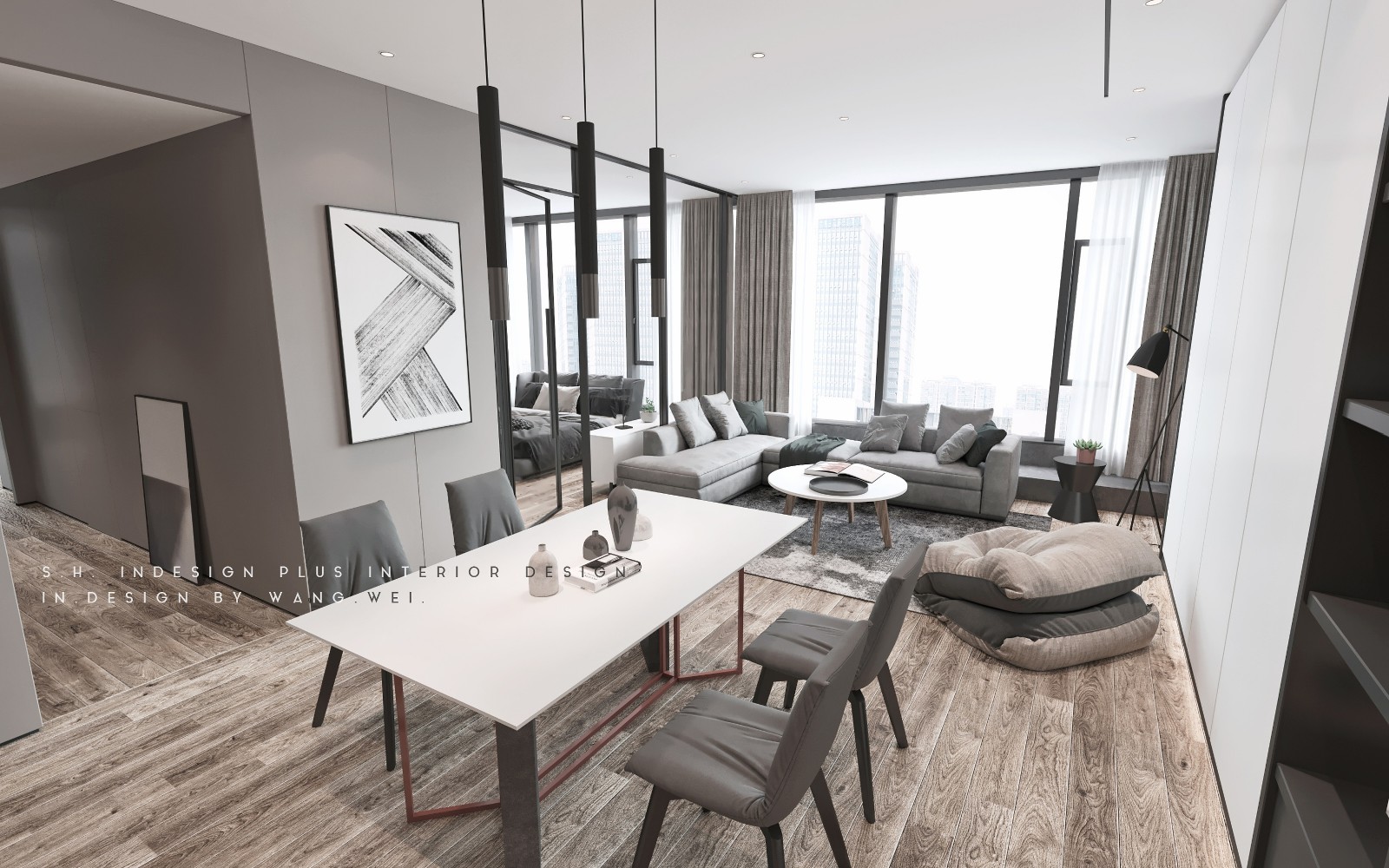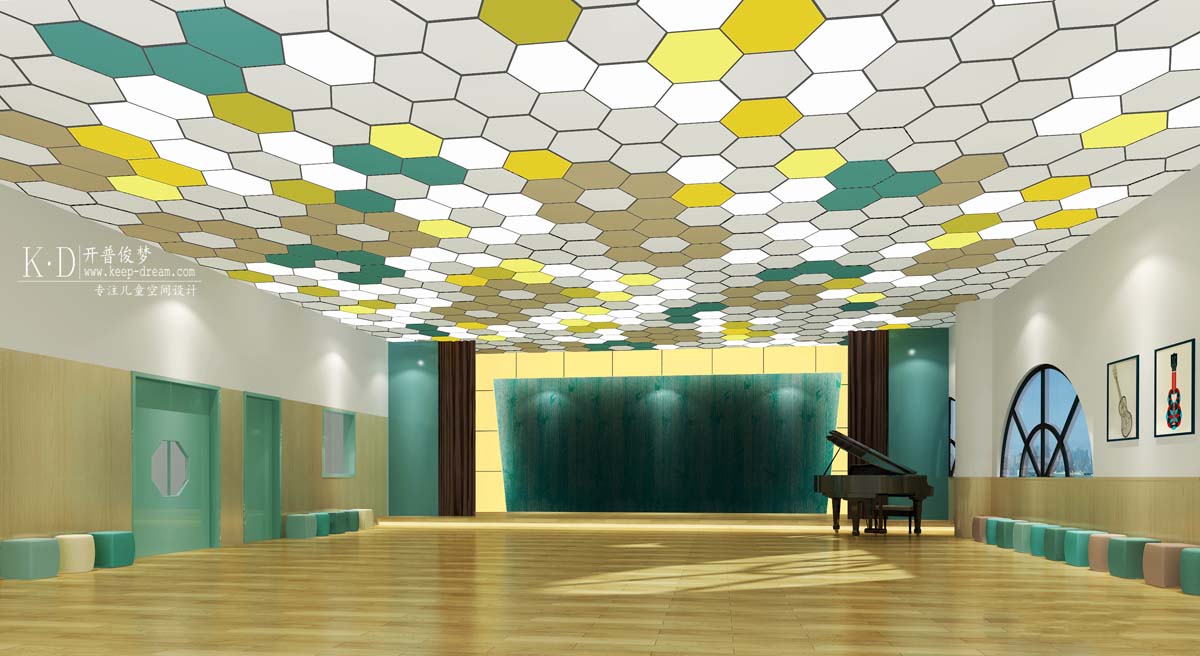Elisabeth And Helmut Uhl Foundation modostudio
2014-07-15 01:00
架构师提供的文本描述。Elisabeth和Helmut Uhl基金会的项目由于2009年举行的限制性国际建筑竞赛而得以实现,来自意大利、瑞士、奥地利和德国的15个建筑小组参加了比赛。陪审团由教授组成。拱门。托马斯·赫尔佐格教授。安德里亚·维多托教授。维托里奥·麦格纳·兰普纳尼和教授。拱门。赫尔曼·考夫曼。竞赛的目的是设计一座能够主办同名文化和研究基金会活动的建筑。
Text description provided by the architects. The project of the Elisabeth and Helmut Uhl foundation has been realized thanks to a restricted international architectural competition held in 2009, which saw the participation of fifteen architectural teams from Italy, Switzerland, Austria and Germany. The jury was composed by prof. arch. Thomas Herzog, prof. Andrea Vidotto, prof. Vittorio Magnano Lampugnani and prof. arch. Hermann Kaufmann. The aim of the competition was to design a building able to host the activities of the homonymous cultural and research foundation.
© Laura Egger
劳拉·埃格尔


这座建筑位于莱维斯市,靠近博尔扎诺,在一座山上的山坡上,可以看到壮观的全景和令人惊叹的周边景观。该项目试图保护周围的环境:建筑物坚持与以前的建筑物相同的足迹,现在已被拆除。
The building is located in the municipality of Laives, near Bolzano, on a slope of a mountain enjoying a spectacular panoramic view and an amazing surrounding landscape. The project sought to preserve the surrounding environment: the buildings insist on the same footprint of the previous buildings, now demolished.
© Laura Egger
劳拉·埃格尔


该项目分为两座建筑物:建筑物基础和毗邻的小型建筑供住宅使用。
The project is divided into two buildings: the building foundation and a small building adjacent to it for residential use.
© Laura Egger
劳拉·埃格尔


该建筑地基由一系列建筑体积组成:透明玻璃和钢卷进行研究活动,木质包层卷用作休闲和餐厅,而放置这些卷的较低的建筑主体则设有基础活动的支撑区和酒窖。
The building foundation consists of a series of architectural volumes: a transparent glass and steel volume hosts research activities, a wood cladding volume is used as a leisure and dining hall, while the lower architectural body, on which these volumes are placed, hosts support areas for the activities of the foundation and a wine cellar.
© Laura Egger
劳拉·埃格尔


该项目旨在表达场地的地形特征和建筑基础的具体功能所产生的张力:室内空间与外部环境之间的视觉联系所产生的张力,该建筑表达了该场所的传统与技术创新、工作空间与生活空间之间的关系。这些建筑旨在保护客人不受特定气候条件的影响,但同时也让他们享受周围环境和美景所带来的好处。
The project aims to express the tension generated by the orographic characteristics of the site and the specific functions of the building foundation: a tension generated by the visual connections between the interior spaces and the external environment. The building expresses the relation between the traditions of the place and the technological innovation, between the space for working and the space for living. The buildings are designed to protect guests from the particular climatic conditions, but at the same time to let them enjoy the benefits created by the surrounding environment and the wonderful views.
First Floor Plan
一层平面图


部分建筑材料是从拆除现有建筑物中收回的。建筑材料遵循当地传统,如手工切割落叶松瓦、外墙灰泥和斑岩石等,使人们想起了当地的传统建筑。建筑材料成为与该地区历史和文化对话的要素。
Part of the construction materials were recovered from the demolition of existing buildings. The construction materials follow local traditions, such as hand-cut larch shingles, the exterior plaster and the porphyry stones which remind to the traditional local buildings. The construction materials become elements of dialogue with the history and the culture of the region.
© Laura Egger
劳拉·埃格尔


采用创新的技术解决方案;建筑物基础下部的结构采用Thoma木材技术的结构面板,而上部的体积则有一个复杂的开窗系统。
Innovative technology solutions are adopted; the structure of the lower part of the building foundation is made of structural panels with Thoma wood technology while the upper volume hosts a sophisticated opening window system.
© Laura Egger
劳拉·埃格尔


该建筑被归类为Casacura A,其区别在于没有可控的室内通风,取而代之的是使用玻璃体积中产生的热风作为缓冲地带。一个20,000升的大水箱,隔热的,能够在太阳能加热系统和生物质锅炉的支持下,满足整个建筑群的辐射加热地板。
The building is classified in Casaclima A with the distinction of having no controlled indoor ventilation, replaced by the possibility of using the hot air generated in the glass volume, acting as a buffer zone. A large tank of 20,000 liters, thermally insulated, is able, supported by a solar heating system and a biomass boiler, to satisfy the radiant heating floor throughout the complex.






























































Architects modostudio
Location Laives Bolzano, Italy
Category Cultural Architecture
Design Team Fabio Cibinel, Roberto Laurenti, Giorgio Martocchia
Area 1450.0 sqm
Project Year 2014
Photographs Laura Egger
























